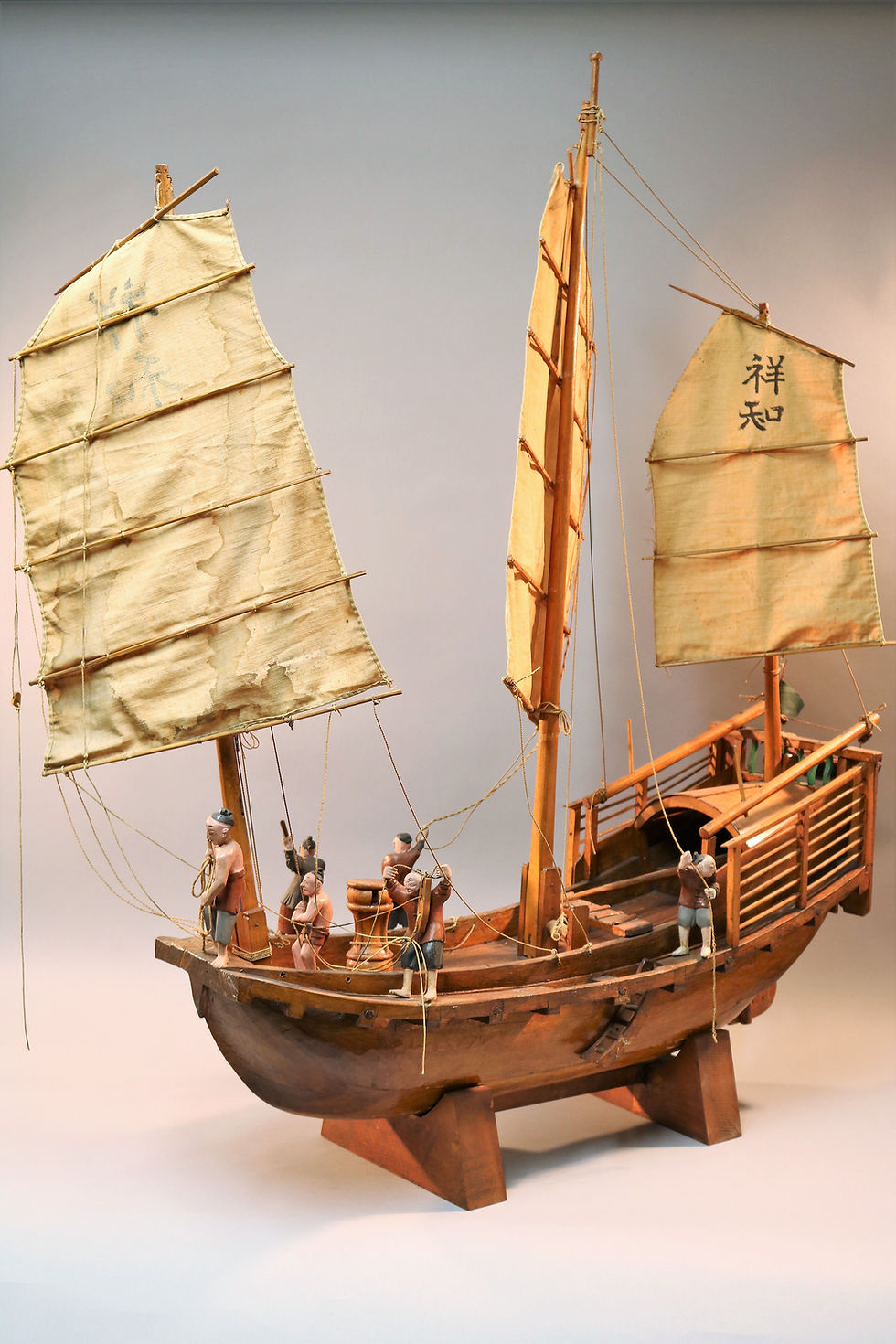On Exhibit Now

Snapshots of Melanesia
The Melanesian pidgin term kastom refers to traditional culture, including laws and customs, rituals and religion, foodways, and art. Kastom connects Melanesian peoples to their past, but it is also a mechanism for adapting and maintaining the core of those traditional ways in a changing world. This exhibit provides a few small windows into kastom as it existed in the past — snapshots of specific points in time through the lens of Temple anthropologists’ momentary engagements with these dynamic cultures. Melanesian societies have continued to change since these objects were removed, maintaining some traditions, reviving others, and creating still more.
Orientalism in the Colonial Museum
Orientalism is the depiction of Eastern societies by Western scholars, novelists, and artists, often characterized by a blend of fascination and misunderstanding. Such portrayals were deeply intertwined with colonial agendas, reinforcing power dynamics that justified imperial dominance.
We explore Orientalism primarily through Japanese and Chinese objects displayed at the World’s Fairs between 1890 and 1910. At these enormous exhibitions, national representatives aimed to show off their own cultures in ways that would appeal to a Western audience. For industrializing countries such as Japan and China, exhibitors tried to satisfy Orientalized expectations while also presenting themselves as modern, prosperous nations. This balancing act and the tension it created for artists is on display in many of the objects here.


A plate showing a Chinese sampan and fisherman.

A model Chinese ship, called a junk, used for regional trade at the turn of the 20th century.

Advertising Indigeneity
Appropriation and Representation in Native American Commercial Activities

This pot was made by famed Hopi potter Nampeyo (1859-1946), who sold many of her pots directly and through non-Native third parties.

More than 100 years later, Native artists from the American Southwest still use third parties to sell their pottery and the internet allows them to reach a far larger audience.

This pot was made by famed Hopi potter Nampeyo (1859-1946), who sold many of her pots directly and through non-Native third parties.
Native peoples of the United States have a long history of selling the products of their labor, including food, daily goods, and artwork. Before European colonization, robust exchange networks and markets moved goods throughout the continent. Non-Native collectors became interested in Native art during the 19th century, but artists at that time had little control over how their goods were presented. During the 20th century, advertisers took advantage of public interest in Native peoples by appropriating their imagery and reducing them to harmful stereotypes. Though many of these antiquated representations persist today, Native peoples have combated stereotypes and misappropriation in part through representing their own cultures in commercial activities. This exhibit explores more than a century of Native commercial self-representation, allowing Native groups to control their own symbols and imagery, including profiting from them.


Descendants of the 1829 settlement gather in Timbuctoo, NJ.

Excavations at Timbuctoo, led by Dr. Chris Barton.
Our Annual
